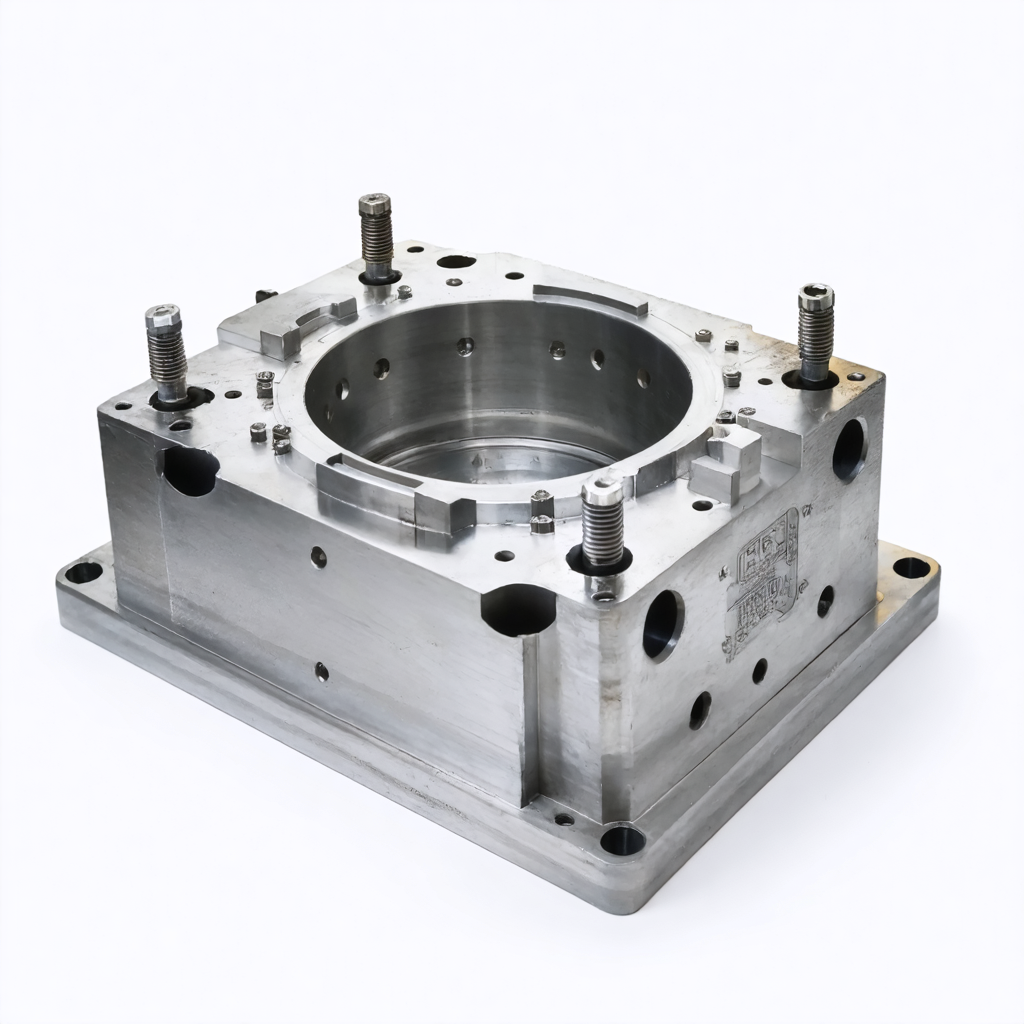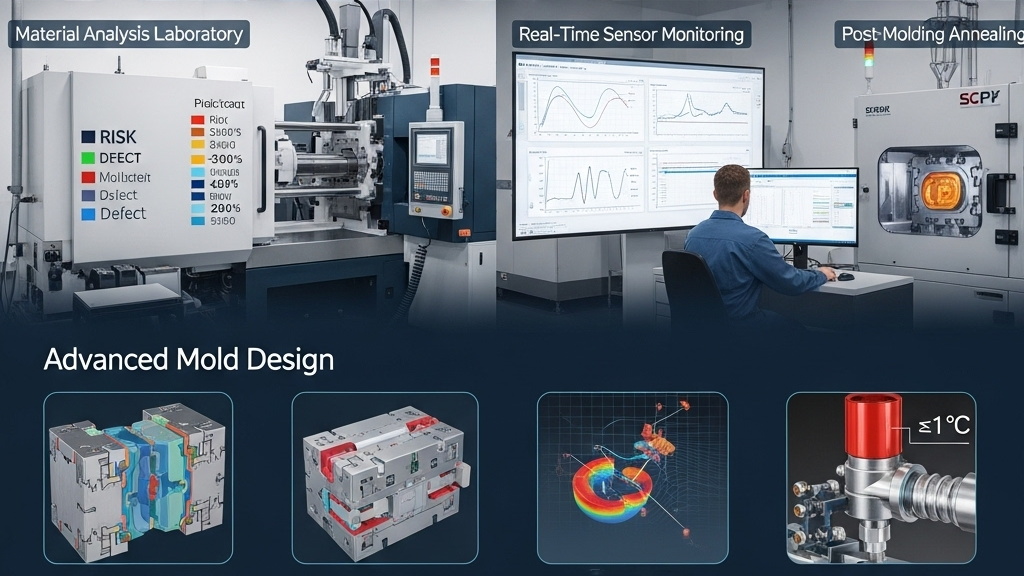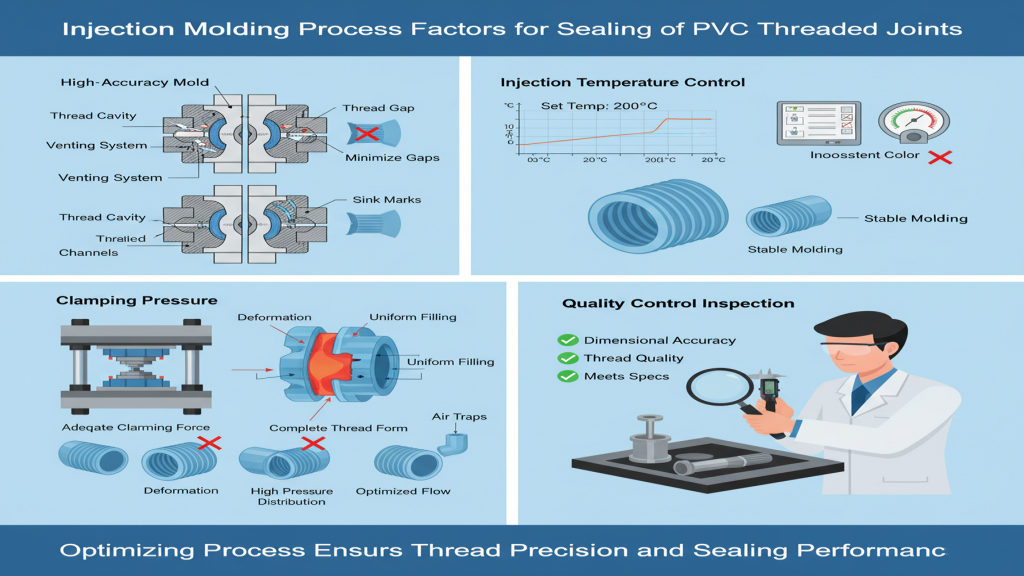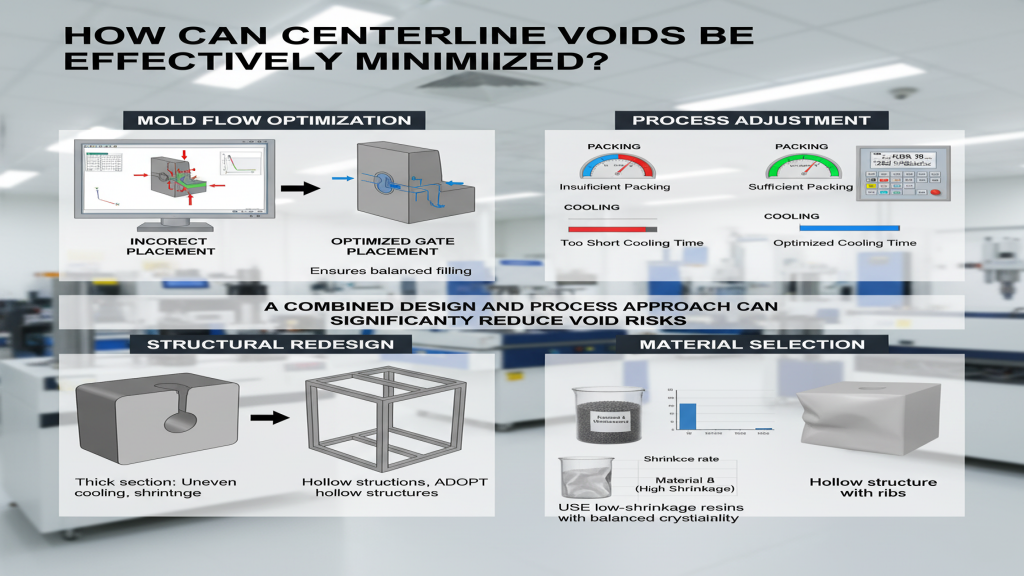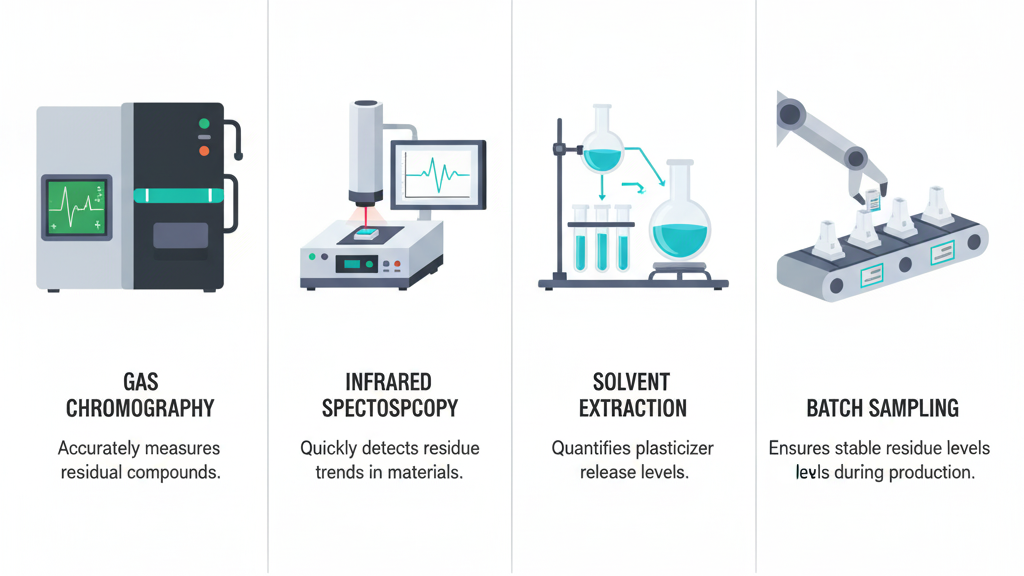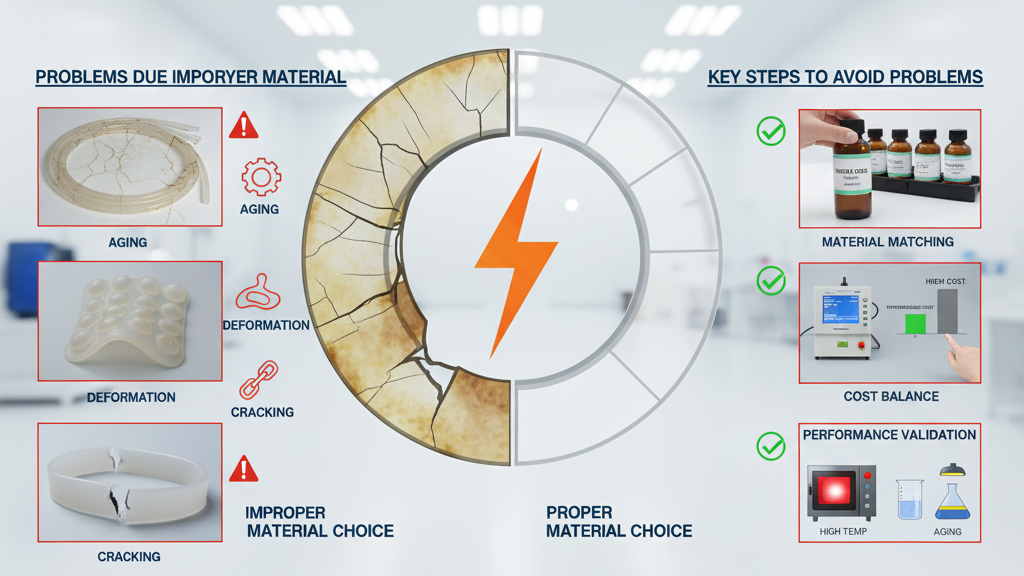
Reducing shrinkage in polypropylene (PP) is a bit like building a house—you need a solid foundation of strategies to ensure the final product is accurate, stable, and reliable. Skip any critical step, and the results might warp or fail to meet the desired dimensions.
To reduce shrinkage in polypropylene, focus on optimizing mold design, adjusting processing parameters, selecting the right PP grade, controlling cooling rates, and using filler materials. These techniques can help reduce dimensional changes, warping, and part inaccuracies commonly associated with polypropylene.
Let’s explore why shrinkage occurs in polypropylene and dive into the various ways to manage and minimize it effectively.
Why does shrinkage occur in polypropylene?
Shrinkage in polypropylene happens because the material undergoes a phase change from molten to solid, losing volume in the process. The degree of shrinkage depends on the material's crystalline structure, processing conditions, and cooling rate. Polypropylene’s semi-crystalline nature makes it more prone to shrinkage compared to amorphous plastics like ABS or polycarbonate.
To put it simply, think of polypropylene like a sponge that gets wet and then dries. As it "dries" (or cools), it naturally contracts and pulls inward, losing volume. If the cooling isn’t even, or if the part has thicker areas, it can shrink unevenly—kind of like how a cake might sink in the middle if it’s not baked properly. This uneven shrinkage can lead to warped parts or misaligned dimensions.
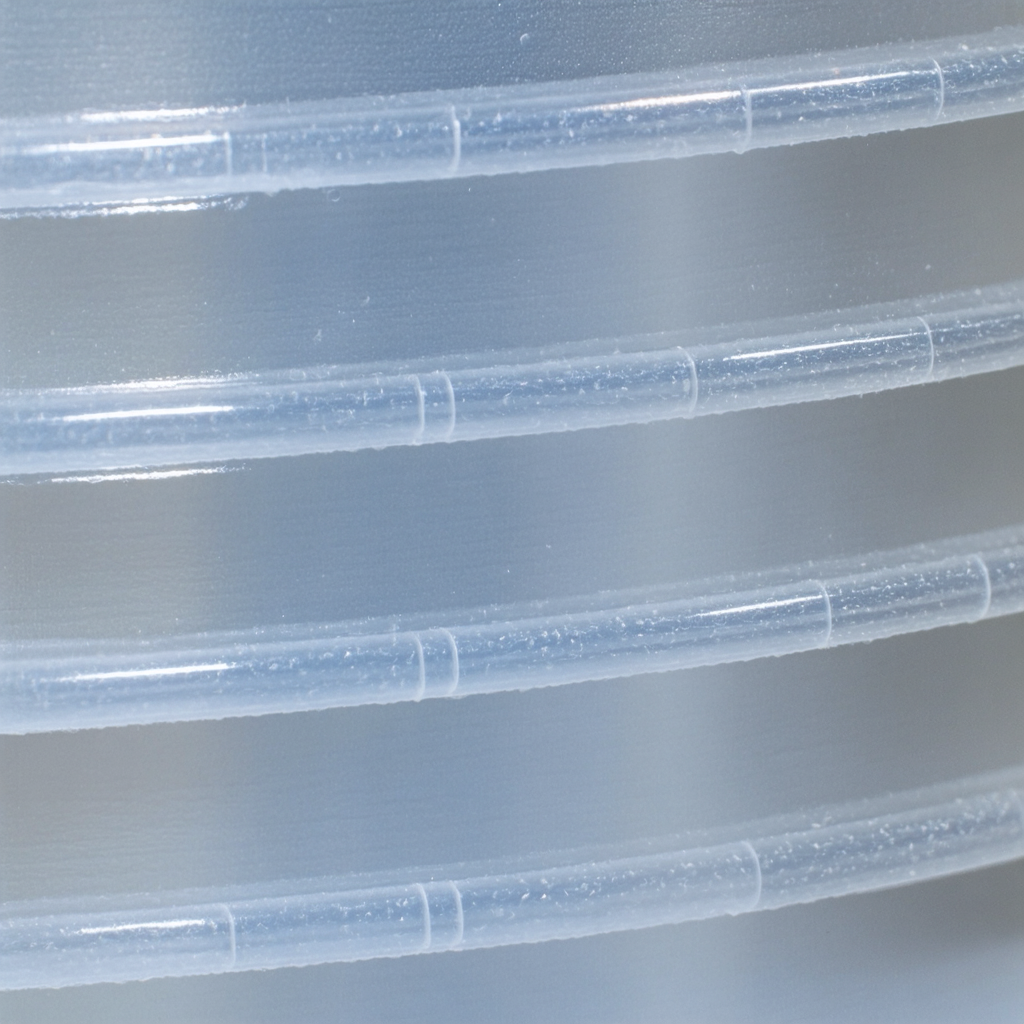
What role does mold design play in reducing shrinkage?
Good mold design is critical for managing shrinkage and ensuring consistent part dimensions. By designing molds that allow for even cooling and uniform material flow, you can significantly reduce shrinkage.
- Uniform Wall Thickness: Maintain consistent wall thickness to ensure even cooling and prevent warping.
- Gate Placement: Position gates strategically to balance material flow and avoid localized shrinkage.
- Draft Angles: Use appropriate draft angles to prevent part distortion during ejection.
A well-designed mold acts as the backbone of any successful injection molding process.
How do processing parameters affect shrinkage?
Optimizing injection pressure, melt temperature, and cooling time can significantly reduce shrinkage in polypropylene.
- Injection Pressure: Higher injection pressure compresses the material more tightly, reducing shrinkage during cooling.
- Melt Temperature: Keeping the melt temperature within the recommended range ensures uniform material flow and minimizes shrinkage variations.
- Cooling Time: Allowing sufficient cooling time prevents uneven shrinkage and internal stresses.
| Parameter | Effect on Shrinkage | Suggested Adjustment |
|---|---|---|
| Injection Pressure | Reduces shrinkage by compacting material | Increase within safe limits |
| Melt Temperature | Prevents uneven shrinkage | Use recommended range |
| Cooling Time | Improves dimensional accuracy | Optimize for uniform cooling |
Can material selection impact shrinkage?
Choosing the right polypropylene grade or using additives can help reduce shrinkage.
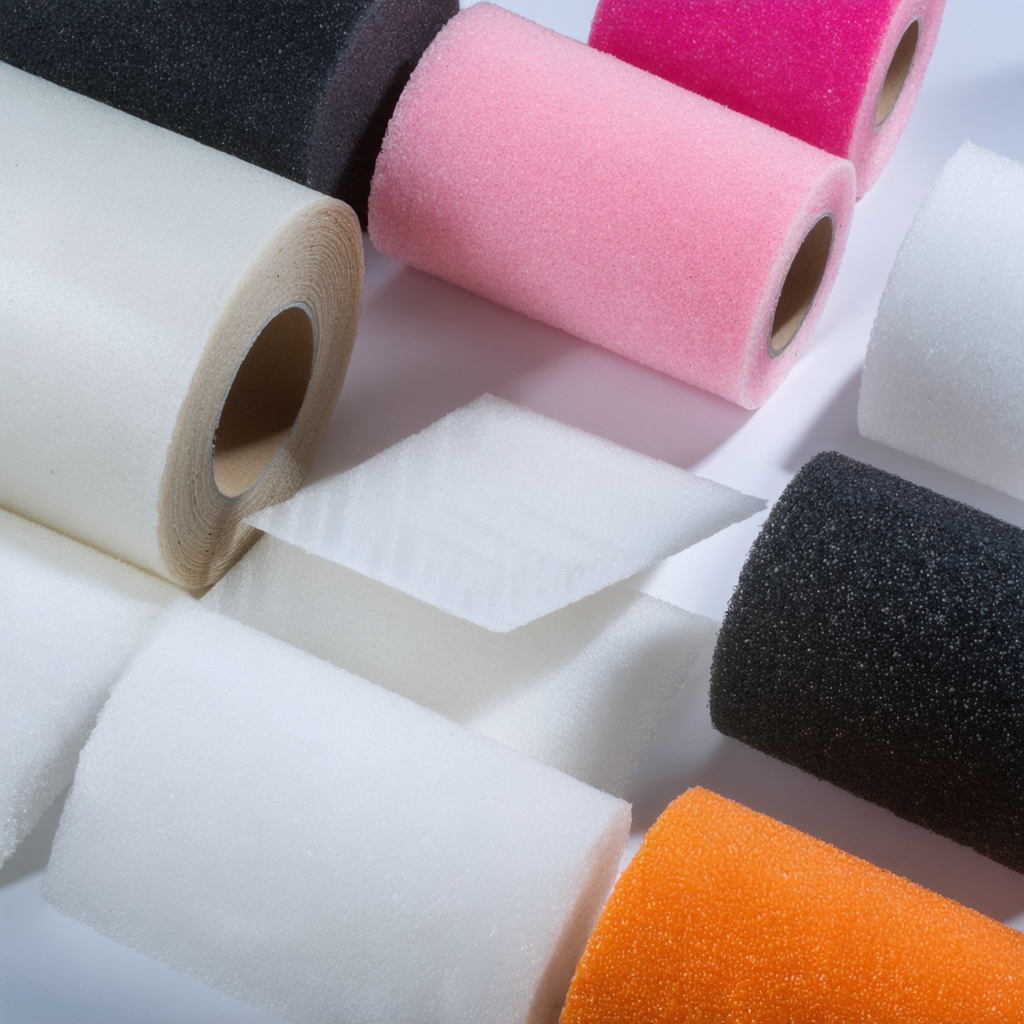
- Filled Polypropylene: Materials filled with glass fibers, minerals, or talc reduce shrinkage by adding structural rigidity.
- Impact-Modified PP: These grades offer lower shrinkage and improved toughness.
- Copolymer Polypropylene: Copolymers typically shrink less than homopolymers, making them ideal for tight-tolerance parts.
Material selection plays a key role in managing shrinkage, especially for high-precision applications.
How does cooling rate control shrinkage?
Controlling the cooling process is crucial because most shrinkage occurs as the part solidifies.
- Uniform Cooling: Use conformal cooling channels or optimized cooling lines to ensure even temperature distribution across the mold.
- Mold Temperature: Maintain a stable mold temperature to minimize shrinkage inconsistencies.
- Cycle Time: Avoid rushing the cooling process, as uneven cooling can lead to warping.
Cooling is often overlooked but can be a game-changer in achieving precise results.
Can filler materials help reduce shrinkage?
Adding filler materials to polypropylene can significantly reduce shrinkage by altering its crystalline structure and improving stability.

- Glass Fibers: Increase strength and rigidity while reducing shrinkage.
- Talc or Mineral Fillers: Lower shrinkage and improve dimensional stability for parts with tight tolerances.
- Calcium Carbonate: Adds weight and stiffness while helping to control shrinkage.
Fillers can improve not only shrinkage but also the mechanical properties of the final part.
What are common mistakes to avoid when reducing shrinkage?
Avoid these pitfalls when trying to minimize shrinkage in polypropylene:
- Inconsistent Cooling: Leads to warping and uneven dimensions.
- Incorrect Mold Design: Causes material flow issues and localized shrinkage.
- Overlooked Material Grades: Using the wrong polypropylene grade can result in higher shrinkage rates.
- Ignoring Processing Parameters: Failure to optimize settings like pressure and temperature affects shrinkage control.
By addressing these issues, you can set the stage for successful injection molding results.
Conclusion
Reducing shrinkage in polypropylene requires a combination of mold design optimization, precise processing parameters, material selection, cooling control, and the use of fillers. Each strategy works together to ensure dimensional accuracy and prevent defects in your final parts.
For more expert tips on improving your injection molding process, visit our resource center or contact us. Let’s collaborate to ensure your polypropylene parts meet the highest standards of quality and precision.

